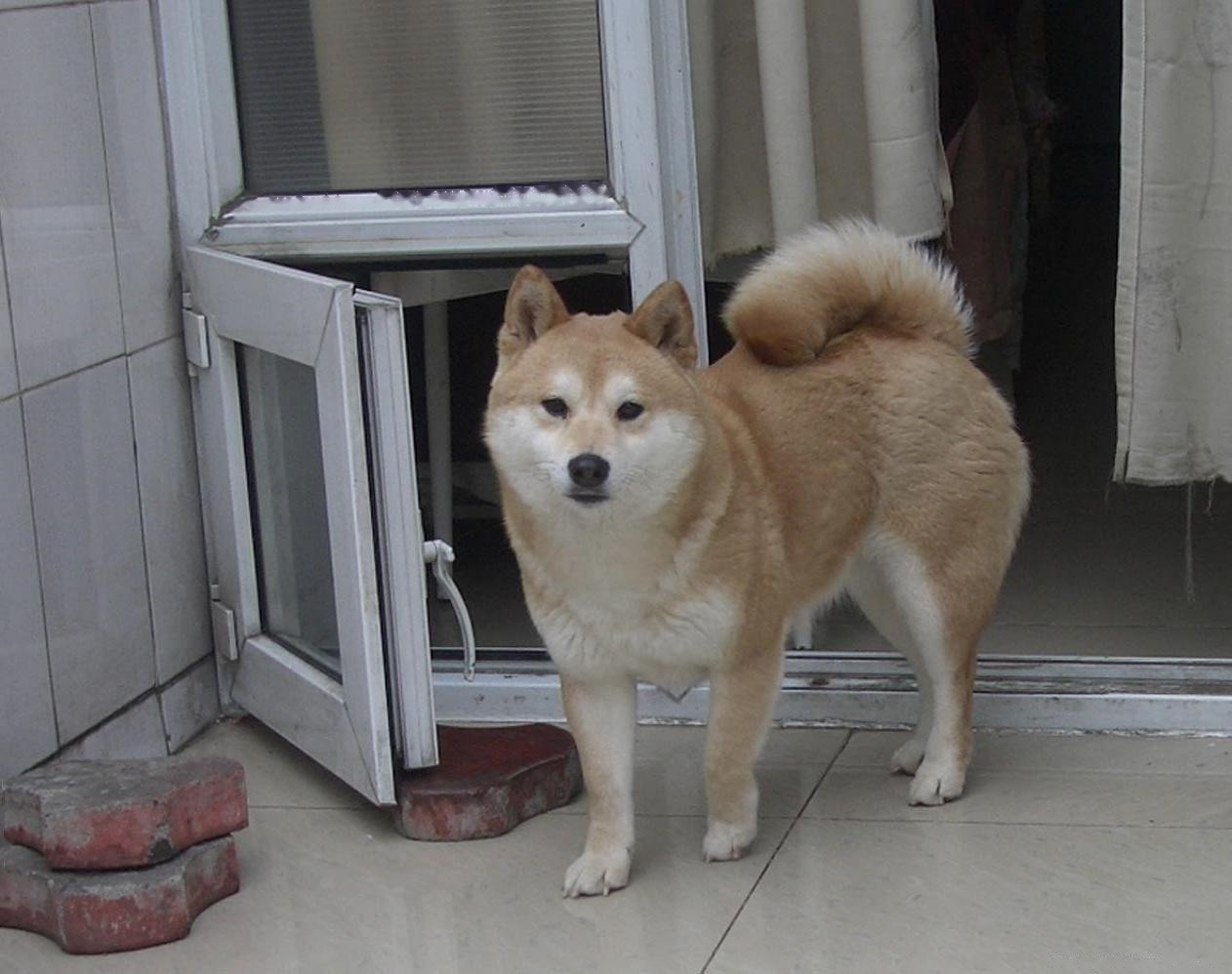Shiba Inu is different from foreign dogs. The Shiba Inu is simple and wild. Its original flavor corresponds to the Japanese people's love of nature, understanding, indifference and elegance. A deep relationship with a unique charm.

This magic has the power to be deeply rooted and unforgettable.
I have been fascinated by the Shiba Inu's distant eyes since middle school, and I have gone gray for most of my life without realizing it.
I'm young, but I've worked hard in my own way. Here, the experience of various seniors is gathered to describe the breeding method of Shiba Inu.
1. Purpose of Breeding
The method of raising Shiba Inu, depending on the purpose of raising Shiba Inu simply as a domestic dog or as a local dog, or as a hunting hound, or It is to cultivate excellent dog breeds to participate in the exhibition, which are very different. But no matter which one it is, the first important thing is to be able to understand the nature and performance of the Shiba Inu.
In other words, the essence of the Shiba Inu must be strong, mighty, kind and simple. The performance of the Shiba Inu must feel sharp, move quickly, and walk briskly and elastically.
These essences and performances are also mentioned in other pages as the key to determining the quality of a Shiba Inu, but aside from genetic factors, in fact, the quality of the environment and feeding management is very important It is not an exaggeration to take most of the responsibility for the goodness of the Shiba Inu.
So here are some basic aspects of feeding management.
2. Diet from weaning to six months old As long as you take good care of the health of the bitch, eat well, snuggle up to sleep with the bitch, and play with the dogs, there is almost nothing to worry about.
Humans mistakenly intervening between mother and child can have unintended consequences.
The Shiba Inu has a strong maternal instinct and is very good at parenting.
But generally because the dog is kept in the kennel, the health management of the bitch is very important. The nutrition of the puppies, who are gaining weight day by day and becoming more and more active, relies on the bitch to pull it out, and the bitch is very hard.
From birth to parenting, bitches who are not rested and tired can be prone to poor health. Therefore, from the estrus period of the bitch, we must pay attention to the health of the bitch, so that the bitch can mate, give birth, and wean the puppy in the best physical condition. The health of the bitch and the health of the puppies are almost identical.
At about two weeks old, puppies born with joy open their eyes and look around in amazement. When they are about 20 days old, they will start to playfully entangle the bitch, disturb the bitch to eat or even put their head into the bowl while following the bitch, and will be scolded by the bitch.
The puppies who have been out for 25 days will be close to their jobs even if the bitch rushes. You can mix a small amount of dog food with hot soup and add a small amount of minced meat, and feed it twice a day. At this time, if the mother dog's milk supply is insufficient, the puppy will bark because of hunger and the feeding period can be advanced.
At 30 days old, the female dog will usually spit out the food she has eaten and feed it to the puppies. At this time, the aforementioned feeding amount can be increased to three times a day.
After forty days, the puppy will start to play with the bitch, or play with the dog brother, and occasionally start to fight with the dog brother.
The quarrels between puppies like this are mostly caused by fighting for food, so feed the puppies so that they can eat equally. If the puppies are fed one by one first and then the puppies are fed together, there will be arguments. If the bitch starts to hate letting the puppies suck because the puppies are becoming more active, you can separate the bitch from the puppies during the day, so that the puppies will be puppies in four or five days. Weaned. Except for some late maturing puppies, the puppies will become more independent day by day, and the feeding mentioned above is divided into morning, noon, evening, and evening, four times a day.
Just feed the puppy to a slightly distended belly and observe his bowel movements for overeating.
The feces excreted by puppies can be said to be an indicator of puppy health. Soft stools or diarrhea can be caused by eating too much, inappropriate feeding, or catching a cold. It may also be caused by parasites. However, the puppy can be separated from the dog brother as long as it is fifty-five days old, and there is no problem in sending it to another home.
Conversely, when buying a puppy, you need to know how to deal with its age. During this period, the amount of food, the frequency of feeding, what to feed, and the breeder should let the breeder who buys the dog know clearly.
![[Dog Training 5] The training method of pet dog dining etiquette](/static/img/12192/12192_1.jpg)




